| gm Bankless Nation,
ETH is officially having a better 2025 than BTC with year-to-date gains nearing 30%. Today's Issue ⬇️ - ☀️ Need to Know: 1 Million ETH
Tom Lee's BitMine has $5B in ETH. - 🗣️ Analysis: Spark Rethinks the BTC L2
How Spark is bringing stables to Bitcoin. - 🎧 Latest Pod: Vitalik is Here
Vitalik discusses Ethereum's next decade.
Sponsor: Frax — Fraxtal Ecosystem: Where DeFi Meets AI. . . . NEED TO KNOW 1 Million ETH - 🏃♂️ BitMine Surpasses 1M ETH, Taking Its Treasury Near $5B. Tom Lee is making rapid progress on his goals to acquire 5% of ETH.
- 💸 White House Crypto Adviser Bo Hines Steps Down. The White House Crypto Council director is leaving for an unannounced private sector position.
- 🟠 Strategy Nears 3% BTC Ownership with Latest Buy. Five years since its first buy, Strategy is just over 1K BTC away from owning 3% of the total supply.
📸 Daily Market Snapshot: ETH climbed as high as $4,362 on Monday as the token's gains finally began to outpace BTC's on a year-to-date basis. ETH remains 13% below its ATHs. | Prices as of 4pm ET | 24hr | 7d |  | Crypto $3.96T | ↗ 0.1% | ↗ 7.0% |  | BTC $118,913 | ↗ 0.4% | ↗ 3.4% |  | ETH $4,252 | ↗ 0.7% | ↗ 15.2% | . . . ANALYSIS Spark Wants to Make Bitcoin Spendable Again Spark is an up-and-coming project in the Bitcoin L2 arena that is placing bets on the concept that Bitcoin can be fast, cheap, and stablecoin-friendly without bridging, wrapping, or leveraging smart contracts.
The project is focused on bringing speed and affordability to Bitcoin-native assets, particularly Bitcoin-based stablecoins. Spark notably doesn't rely on bridging or wrapping. Instead, the network is built atop tech known as Statechains, which allows for streamlining Bitcoin transactions between parties offchain without needing smart contract architecture. Thus, Spark isn't a chain in the sense of a typical L2. Instead, it's a distributed ledger designed as a shared signing protocol. To move funds here, you temporarily delegate signing rights to the protocol. The underlying assets themselves are maintained as Bitcoin UTXOs. On the Bitcoin mainnet, Spark appears as a sequence of multi-sig outputs. Spark Operators (SOs) cosign transfers with users, but crucially can’t move funds alone. Before you ever deposit, you generate a pre-signed exit back to your own Bitcoin address. If operators go offline or misbehave, you can broadcast that transaction and leave as you please. Time locks are also arranged so the current owner always has the earliest exit window, and watchtowers guard against bad behavior. In trust terms, Spark aims for a “1/n” assumption at the moment of transfer. You just need at least one honest operator in the set for safety, and operators forget old keys after handoffs for security.
For assets beyond BTC, Spark introduces BTKN, a lightweight tokenization scheme adapted from Lightning Network's LRC-20 standard but redesigned for Spark’s model. Issuers can mint, transfer, freeze/unfreeze, and burn tokens like stablecoins without deploying smart contracts or wrapping coins elsewhere. On Spark, BTKN balances ultimately live as metadata linked to your Spark outputs. The plan is that soon you’ll be able to withdraw these non-BTC assets to Bitcoin with the same unilateral exit guarantees that Spark now affords to BTC. Additionally, Spark's Wallet SDK and Issuer SDK are paving new avenues for Bitcoin app builders. However, the underpinning bread and butter is payments. Spark-to-Spark transactions settle near-instantly and currently cost effectively nothing, bridging to and from Lightning is supported, and exits back to L1 cost normal Bitcoin fees. With all of this in mind, if you want to explore the Spark ecosystem, note that Spark is currently in mainnet beta. Today there are only two operators (Lightspark and Flashnet), the SDKs are early, and the team is prioritizing correctness over throughput for now. So if you dive in, start small. With those caveats in mind, there are various projects you can try here. Some of the earliest apps building on Spark include: - Blitz — a self-custody Bitcoin wallet
- Brale — a stablecoin issuance platform
- Guap — a payments app, think Cash App but onchain
- Luminex — a Bitcoin assets launchpad
- Magic Eden — a popular Bitcoin DEX that's integrating Spark
- Sparkscan — a block explorer designed for Spark
- Wallet of Satoshi — a Lightning wallet powered by Spark
Spark is a pragmatic take on treating BTC like digital cash to be spent and not just digital gold to be hoarded. It's self-custodial, Lightning-aware, and designed to make stable value actually usable on Bitcoin. If it onboards issuers, hardens its operator set, and continues partnering with Bitcoin apps, it could become a leading Bitcoin rail for instant payments and dollar-denominated transactions. Let's see where Spark goes from here! FRIEND & SPONSOR: FRAX The Fraxtal ecosystem is expanding at lightning speed—this month’s biggest highlight is IQAI.com, the newest Agent Tokenization platform from IQ and Frax. IQ is building autonomous, intelligent, tokenized agents launching on Fraxtal in Q1. Empower on-chain agents with built-in wallets, tokenized ownership, and decentralized governance—all within a fast-growing Fraxtal ecosystem. . . . LATEST POD Ethereum's Next Decade Ethereum just turned 10, and Vitalik Buterin returns to Bankless to reflect on the last decade of Ethereum – and where it’s headed next. In this conversation, Vitalik shares what surprised him most about Ethereum’s growth, the hard lessons, and what he’d do differently if starting again. We explore Ethereum’s evolving cultural identity, privacy as a core value, the tradeoffs between L1 and L2s, and how Vitalik envisions Ethereum surviving an AI-dominated future. Listen to the full episode👇 | 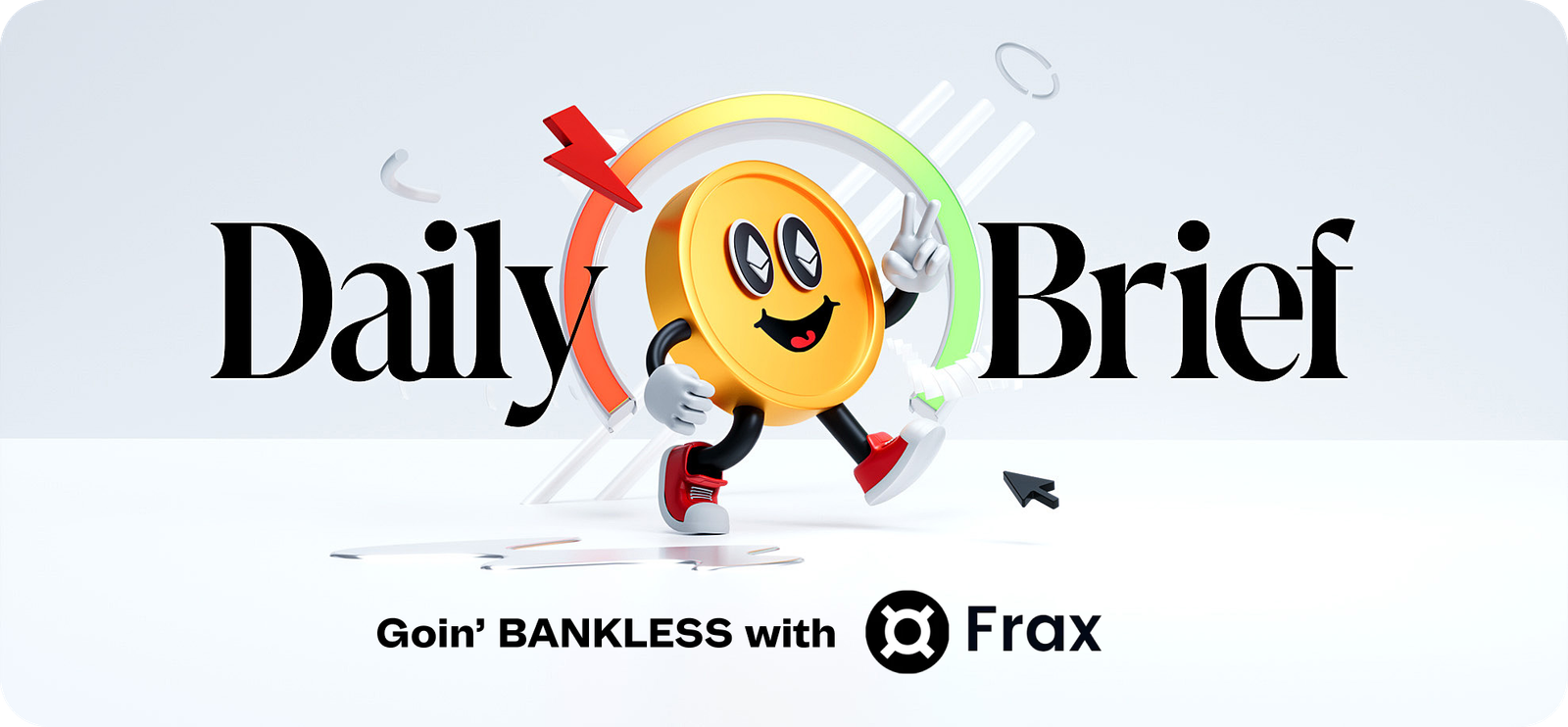
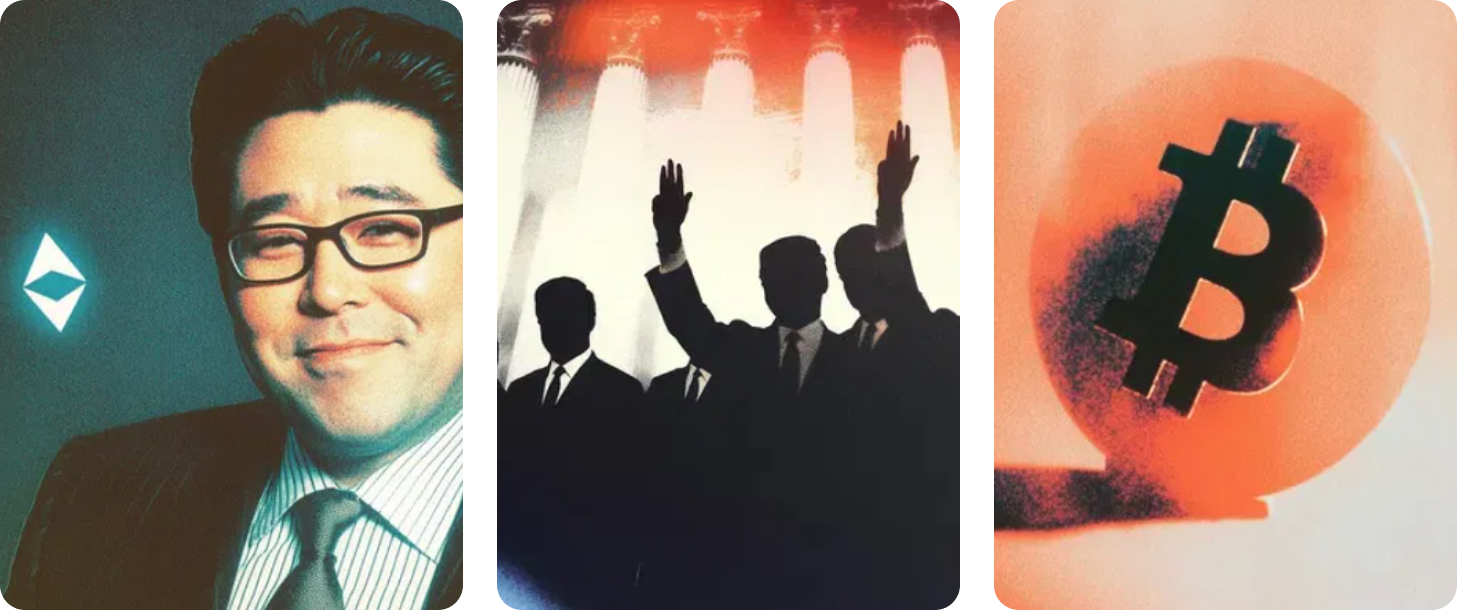
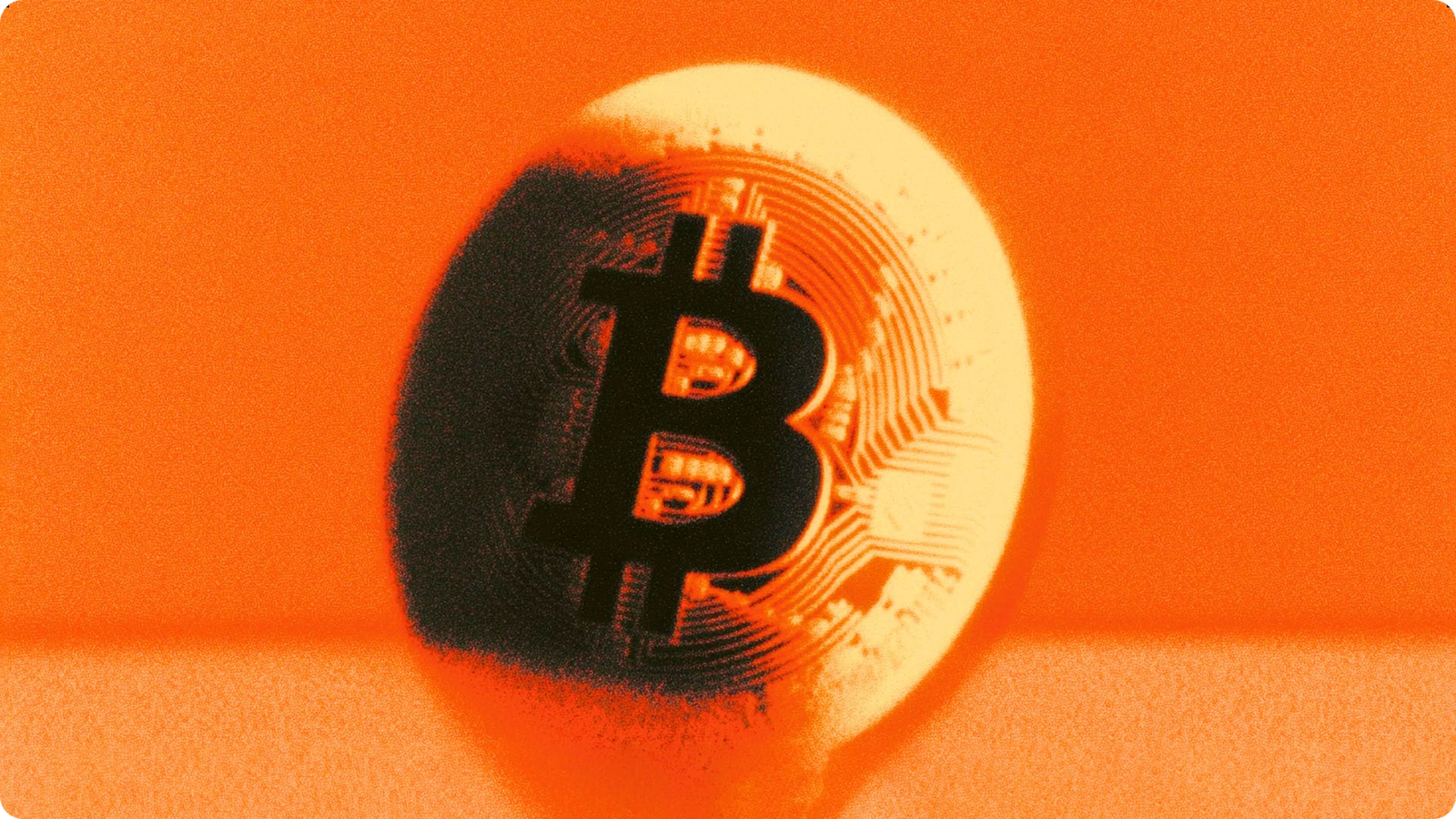
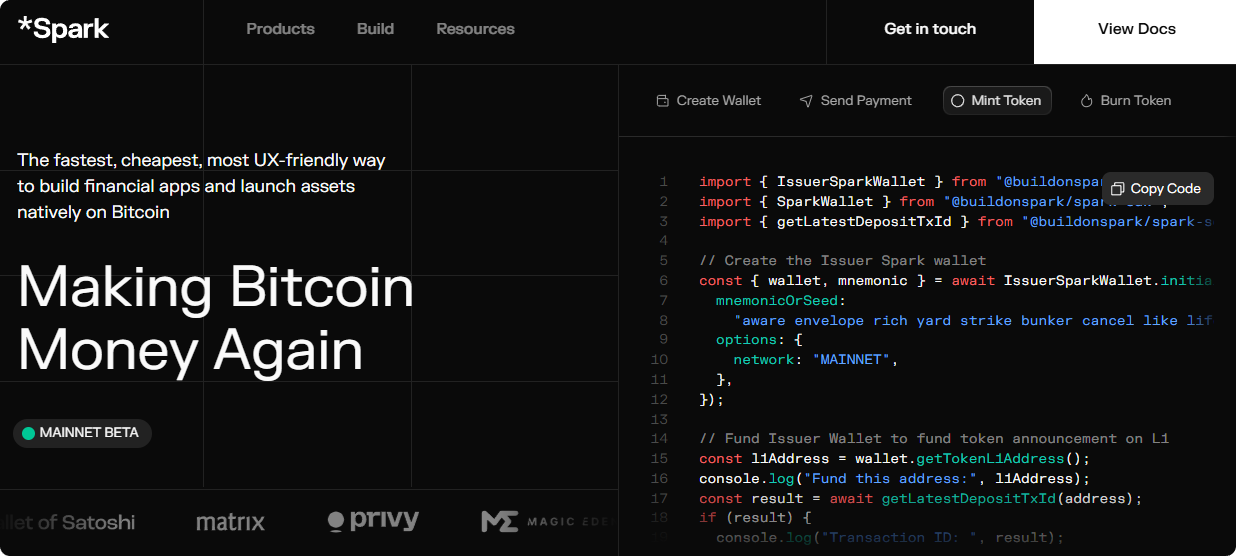
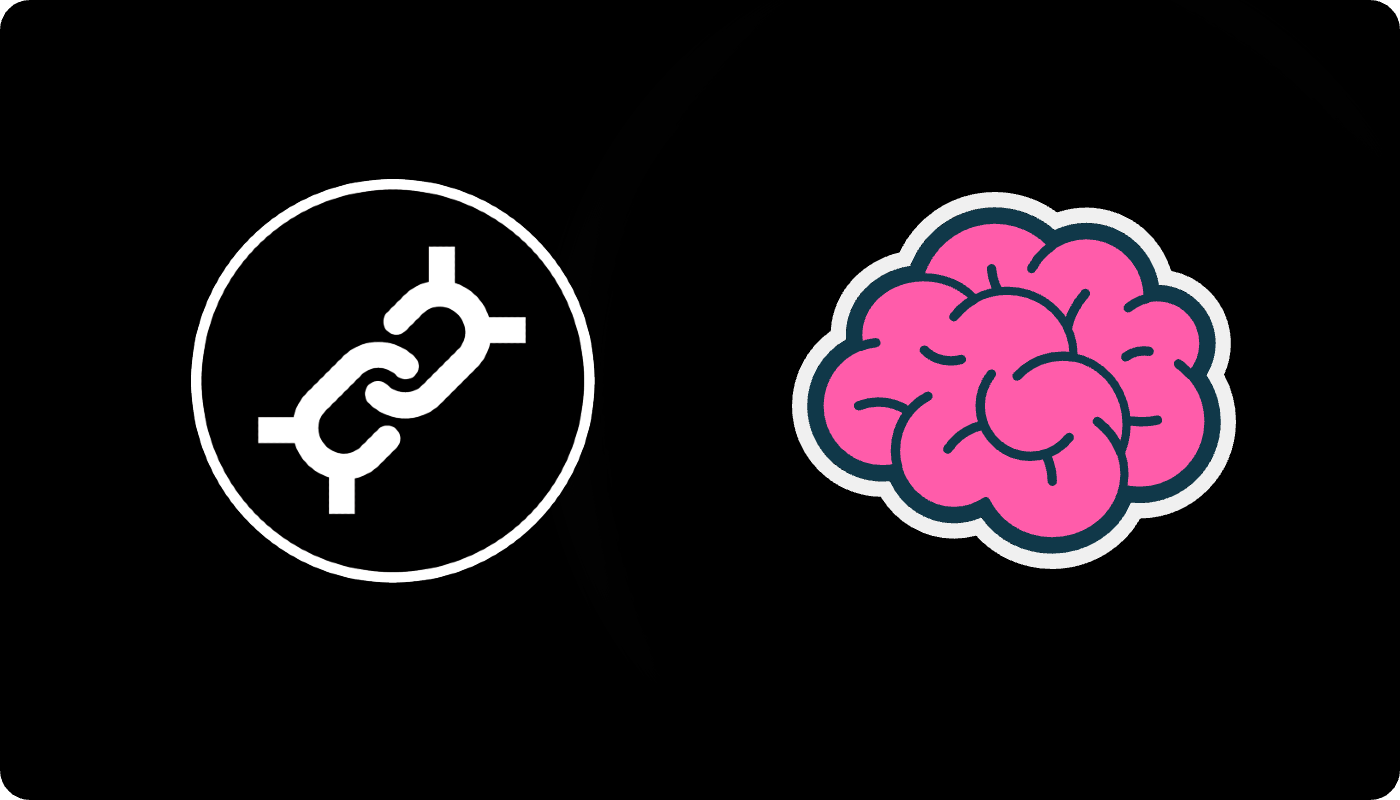
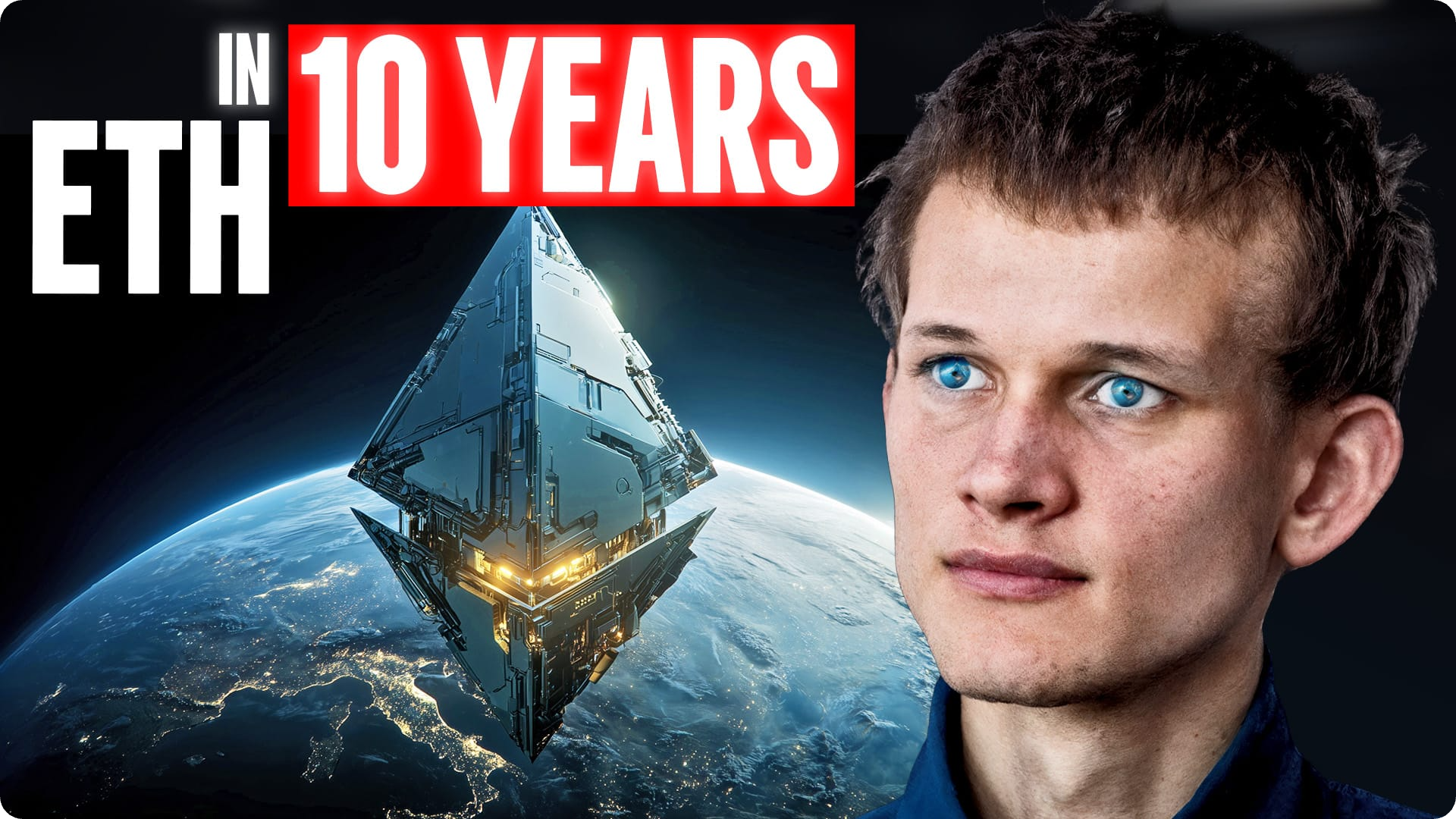
No comments:
Post a Comment